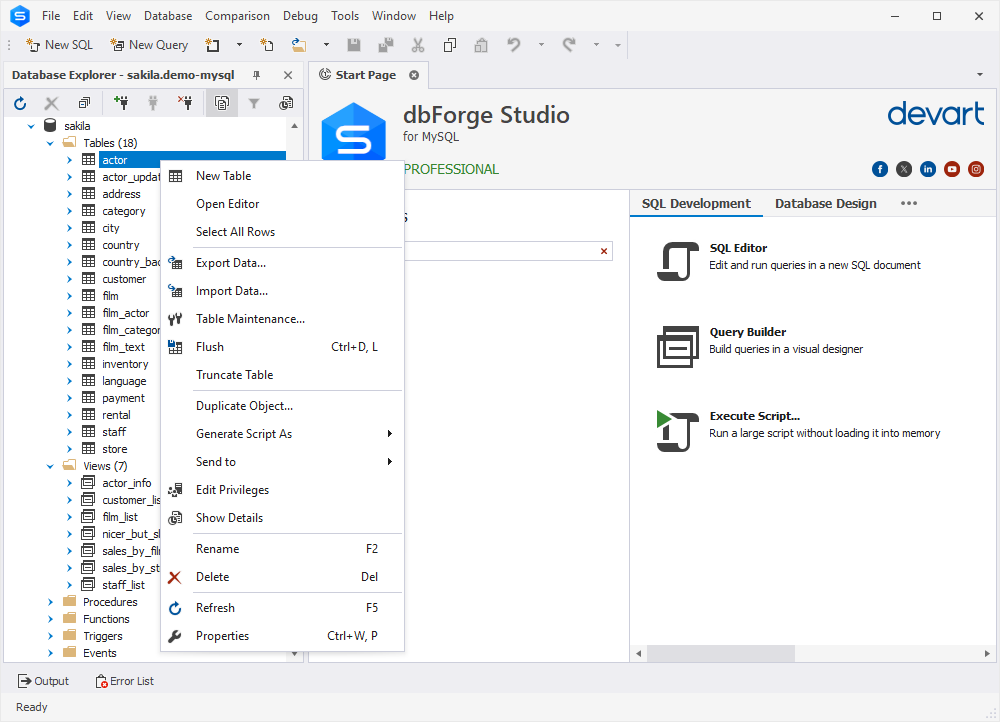How to import XML files into MySQL and MariaDB databases
 Lukas Deka
Lukas Deka
Data export and import are undoubtedly the essentials of database management. You might want to export data as regular backups and restore a backup in case of need via import. You might need to carry out smooth database migration to a new server or environment. Finally, there might be some more specific cases; for instance, you might want to export data from a CRM system in order to import it to a MySQL database and take it from there.
Whatever your case is, dbForge Studio is your best helper when it comes to importing and exporting data, with a total of 14 most popular formats at your disposal. This tutorial will guide you through the process of importing XML files into MySQL and MariaDB databases. And without a doubt, the convenient graphical interface of the Studio will make it a breeze.
https://www.devart.com/dbforge/mysql/studio/import-xml-into-mysql.html
Subscribe to my newsletter
Read articles from Lukas Deka directly inside your inbox. Subscribe to the newsletter, and don't miss out.
Written by
